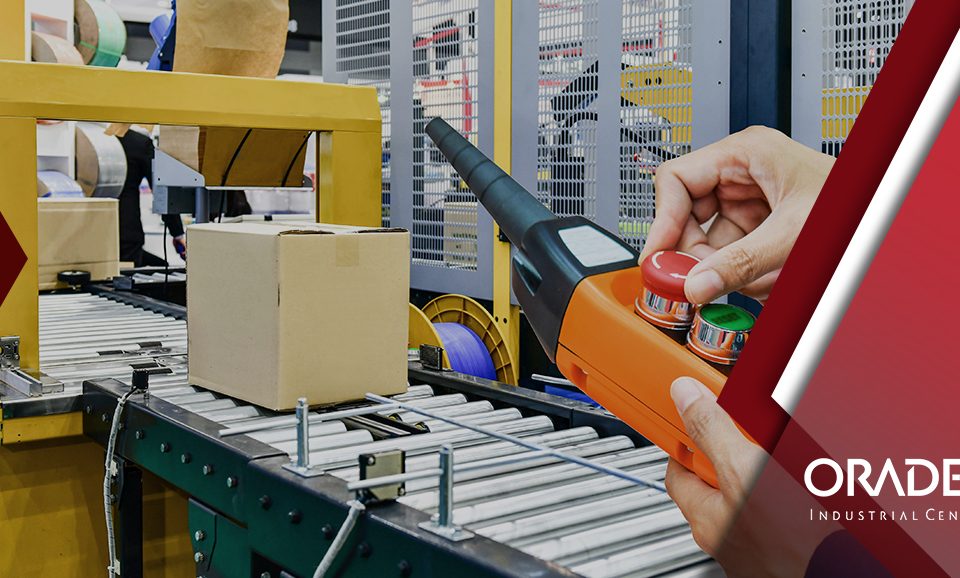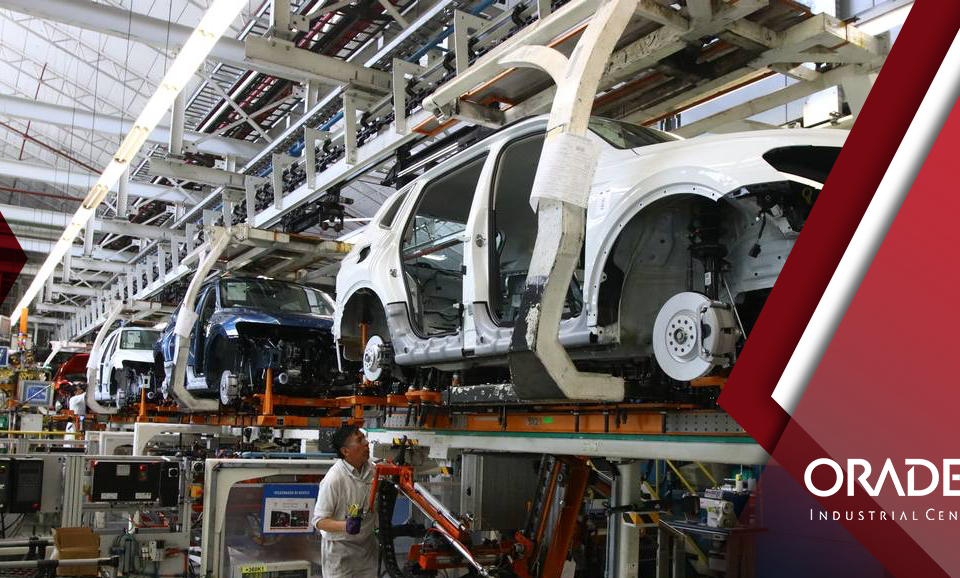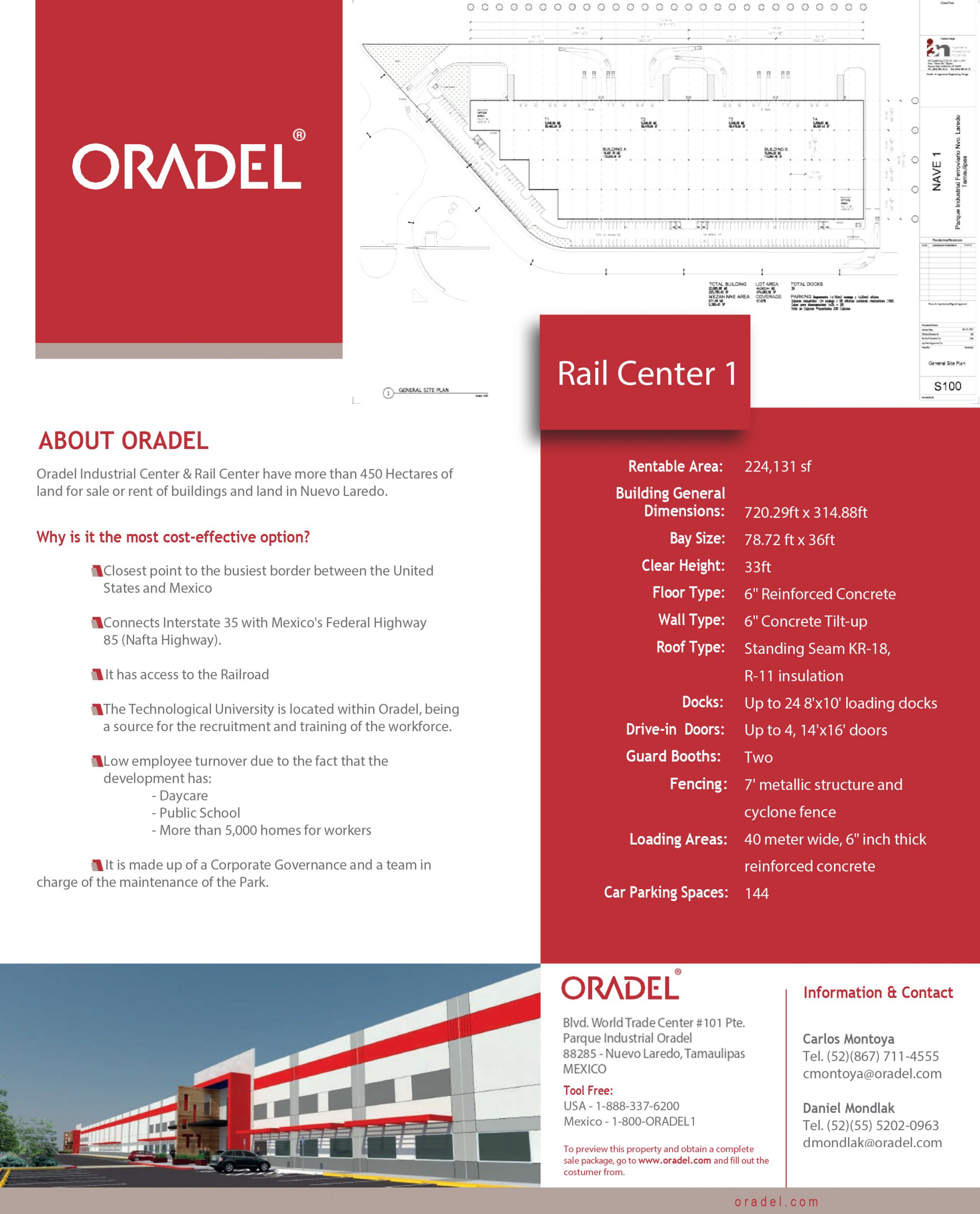Investment in technology, key for competing under the USMCA

Industry 4.0, lever to speed up the resilient supply chain
3 September, 2020
The new era of the industrial real estate sector
3 September, 2020
Investment in technology, key for competing under the USMCA
Public and private investment in technology focused on productive sectors, as well as worker training, is essential for Mexico to compete under the United States-Mexico-Canada Agreement (USMCA) and to drive up wages in the country.
The basis for the above is set out in the new labor chapter and annex contained in the USMCA, in addition to the provisions for the automotive sector, which can encourage the training of people to work in high-tech segments, as well as investment in and more intensive use of technology for the manufacturing of goods and services.
According to Jesus Seade, Foreign Affairs Deputy Minister for North America and chief negotiator of the USMCA with the current administration, the country must invest more in research and development, so he considers it essential for the federal government, through the National Council of Science and Technology (Conacyt) to find mechanisms to adopt resources that serve as incentives provided by the public and private sectors, for example, industrial parks adjacent to universities, applied joint research and productive sectors such as the aerospace and automotive sectors.
Mexico is one of the countries with least investment in technology and development as a percentage of its Gross Domestic Product (GDP), which is below 1%, while the United States spends more than 3% and China 3.5%.
Companies still need to implement the corresponding technology; however, Mexico must invest at least the same percentage as that which countries like the United States and China allocate for research and development in order to be able to compete with them, according to Jesus Seade.
Private sector outlook
According to Francisco de Rosenzweig, president of the American Chamber of Commerce of the Chamber of Foreign Trade (AmCham, Mexico Chapter), private sector investment must be accompanied by public policies from the Mexican, U.S. and Canadian governments. This, together with the entry into force of the USMCA, will allow for greater economic growth and opportunities to employ and train operators in high-tech segments.
In addition, De Rosenzweig says that as a result of what was built with NAFTA, Mexico has become a high-tech manufacturing powerhouse. A clear example of this are automotive, auto parts, steel and textile production processes, where there is an increasing investment in technology, robots and machinery that call for specialized Oradel Industrial Center strategic location offers international companies industrial buildings tailored to their technological needs.





